2020 年 1 月 18 日雅思真题回忆及解析
所有的成功都来自于行动,只有付诸行动,才能一步步走向成功。无忧考网搜集整理了 2020
年 1 月 18 日雅思真题回忆及解析,希望对大家有所帮助。以下内容仅供参考。
1 月 18 日雅思口语真题回忆:
Perfume
1.What does perfume mean to you?
2.Do you give perfume as a gift?
3.Do you use perfume?
4.What kind of perfume do you like?
Social network
1.Do you think it is good to make friends online?
2.What are the disadvantages of social networking apps?
3.Why do you use social networking apps?
4.How often do you use social networking apps?
Garbage
1.Do you think your city is clean or not?
2.How do you feel when you see people throwing garbage on the street?
3.Why do some people throw garbage on the street?
4.What do you do with garbage when you are on the street?
Math
1.Are girls generally good at mathematics?
2.Do you often use a calculator?
�
3.Do you think it is difficult to learn mathematics well?
4.Do you think mathematics is important?
Reading
1.Do you read books related to your profession?
2.What kind of books do you read?
3.Do you like reading?
Plan
1.What is the hardest part about making plans?
2.What is the latest plan you made?
3.Do you make plans every day?
4.Are you good at managing your time?
Borrowing/lending
1.How do you feel when people don’t return things they borrowed from you?
2.Do you like to lend things to others?
3.Have you ever borrowed money from others?
4.Have you ever borrowed books from others?
Visit relatives
1.When was the last time you visited a relative?
2.Do you often visit your relatives?
3.Why do people visit their relatives?
4.What do you do when visiting relatives?
1 月 18 日雅思听力真题回忆:
�
Section 1
场景分类
旅游场景
内容概述
海岛旅游
题目回忆
1.bring more cash because you could not use the credit card
2.stay at least 4 days
3.caravan tour
4.went sailing
5.must go to the museum
6.white mountain
7.snowboarding
8.having cakes in the mountain cafe
9.you should hire a car
10.buy a map in advance
参考听力
C10T1S1.
Section 2
场景分类
生活咨询场景
内容概述
�
营地地图与相关课程
题目回忆
11.bike sheds --- G
12.snack shops --- D
13.fitness shops --- A
14.family room --- F
15.TV room --- H
16.In the option of drama, where it was held C. in the lecture room
17.In the option of photograph, it is reserved for A. beginners who want to learn
18.In the option of write, what will be taught? A. about poetry technics
19.In the option of music, what will be included C. giving a performance
20.which one is right related to cache
A. it costs the same as last year
参考听力
C11T2S2.
Section 3
场景分类
学术场景
内容概述
日用品调查
题目回忆
21.preserve memories such as photographs
�
22.show off status such as computers and cell phones 展示电脑或者手机的状态
23.reflect tastes such as works of art
24.personal identity
25-27. What kinds of interviewees do they like to choose?
A. Sara’s friends
28.What does Sarah worry about the questionnaire? A. the length of time is short
B. What the question is about C. doesn’t know what to ask
29.What does the essay should start with?
C. the reason why you choose these interviewees 30. What should be finished by the
end of April?
A. finish assignment
B. they should at least finish the interview
C. found interview
参考听力
C11T2S3.
Section 4
场景分类
学术场景
内容概述
阳光诱导打喷嚏的现象
题目回忆
31.caused by a faster breathing rate
32.phonic sneeze: an uncontrolled reaction
�
33.caused by the nerve endings in the face
34.airspeed is like a personal hurricane
35.share the same habit of tears
36.it is light which leads the sneeze, which is not caused by the heat of the fire
37.phonic sneezers are common when relatives are ...
38.depending on the contrast of brightness
39.it will happen after certain of time
40.government conduct experiment on pilots
参考听力
C10T4S4.
C12T6P3.
1 月 18 日雅思阅读真题回忆:
Passage 1
题目
照相机历史
话题分类
历史文明类
内容回忆
暂缺
参考阅读
C12T8P1.
Passage 2
�
题目
树林研究
话题分类
自然环境类
题型及对应数量
段落匹配题 5+填空题 4+人名观点匹配题 5
内容回忆
Researcher on the Tree Crown
A The forest canopy-the term given to the aggregated crowns of trees in a forest-is
thought to host up to 40 per cent of all species, of which ten per cent could be
unique to the forest roof. "We're dealing with the richest, least known, most
threatened habitat on Earth," says Andrew Mitchell, the executive director of the
Global Canopy Programme/ a collection of groups undertaking research into this lofty
world. "The problem with our understanding of forests is that nearly all the
information we have has been gleaned from just two meters above the soil, and yet
we're dealing with trees that grow to heights of 60 meters, or in the case of the
tallest redwood 112 meters. It's like doctors trying to treat humans by only looking
at their feet."
B Tropical rainforest comprises the richest of ecosystems, rivalled only by coral
reel for its diversity and complex interrelationships. And a great deal of that
diversity lives up in the canopy-an estimated 70-90 per cent of life in the
rainforest exists in the trees; one in ten of all vascular plants are canopy dwellers;
and about 20-25 per cent of all invertebrates are thought to be unique to the canopy.
C The first Briton to actually get into the canopy may have been Sir Francis Drake
who, in 1573, gained his first glimpse of the Pacific Ocean from a tall tree in
Darien, Panama. However, the first serious effort to reach and study the canopy
didn't begin until 1929. The Oxford University Expedition to British Guiana, led
by Major RWG Hingston, still ended up help of locals when it came to building an
observation platform. It was a successful expedition all the same, despite the
colony's acting governor getting stuck high up on a winched seat during a
visit. In terms of canopy access, the French have proved themselves to be excellent
innovators, taking things further with the development of 'lighter-than-air
�
platforms -balloons and related equipment, to you and me. Francis Halle; from the
Laboratoire de Botanique Tropicale at Montpellier University took to a balloon in
the mid-1980s in order to approach the canopy from above. His work in French Guiana
was inspired by the use in Gabon of a tethered helium balloon by Marcel and Annette
Hladick. Halle went one further by using a small purpose-built airship-a
cigar-shaped balloon with propellers to aid manoeuvrability. "We suddenly had a
mobile system that could move around the treetops; there was no other means of doing
this," says Mitchell.
D From this, two balloon-dependent features have developed: the radeau or raft,
and the luge or sledge. The raft is a 'floating' platform, employed by French
academics Dany Cleyet-Marrel and Laurent Pyot and is essentially an island in the
treetops. Made of kevlar mesh netting and edged with inflated neoprene tubes, it
rests on top of the canopy, allowing sampling (mostly of plants and insects) to
take place at the edges of the platform, and can stay in position for several days.
The luge, on the other hand, is an inflated hexagon similar to a traditional balloon
basket but with a hole in the bottom covered with Kevlar mesh. Such techniques aren't
without their problems, however, "balloons can cover larger areas, especially for
collection purposes, but they are extremely expensive- Jibe raft alone cost 122,000
[euro] (86,000 [pounds sterling]) in 2001], nut very effective because you can only
reach the tops of the trees, and are highly dependent on the weather, " says Dr
Wilfried Morawetz, director of systematic botany at the University of Leipzig.
"Balloons can usually only be used in the early morning for two to four hours. Last
time, we could only fly three times during a whole week." Given these factors, it
comes as no surprise that operations involving these balloons numbered just six
between 1986 and 2001.
E Smithsonian Tropical Research Institute in Panama. Smith had the idea of using
a static crane to get into the treetops. Un-tethered balloons may allow widely
distributed sites to be sampled, but cranes allow scientists to study an area of
at least a hectare from soil to canopy throughout the year, year after year. "Cranes
beat any other access mode. They are cheap, reliable and fast. In two minutes I
can reach any point in our forest, which is essential for comparative measurements
across species," says Professor Christian Korner of the University of Basel. Korner
is using a static crane in a unique carbon dioxide-enrichment experiment in
Switzerland, in an attempt to discover how forests might respond to the global
increase in atmospheric carbon dioxide (see Swiss canopy-crane carbon experiment,
right). For reasons of convenience, cranes are generally situated close to cities
or a research center. Leipzig University has a crane not far from the town, the
Location allowing scientists to study the effect of city pollutants on
forests. In order to increase the amount of canopy a crane can access, some have
been mounted on short rail tracks. In "1995, Dr Wilfried Morawetz was the first
to use this technique, installing a crane on 150 meters of track in Venezuelan
�
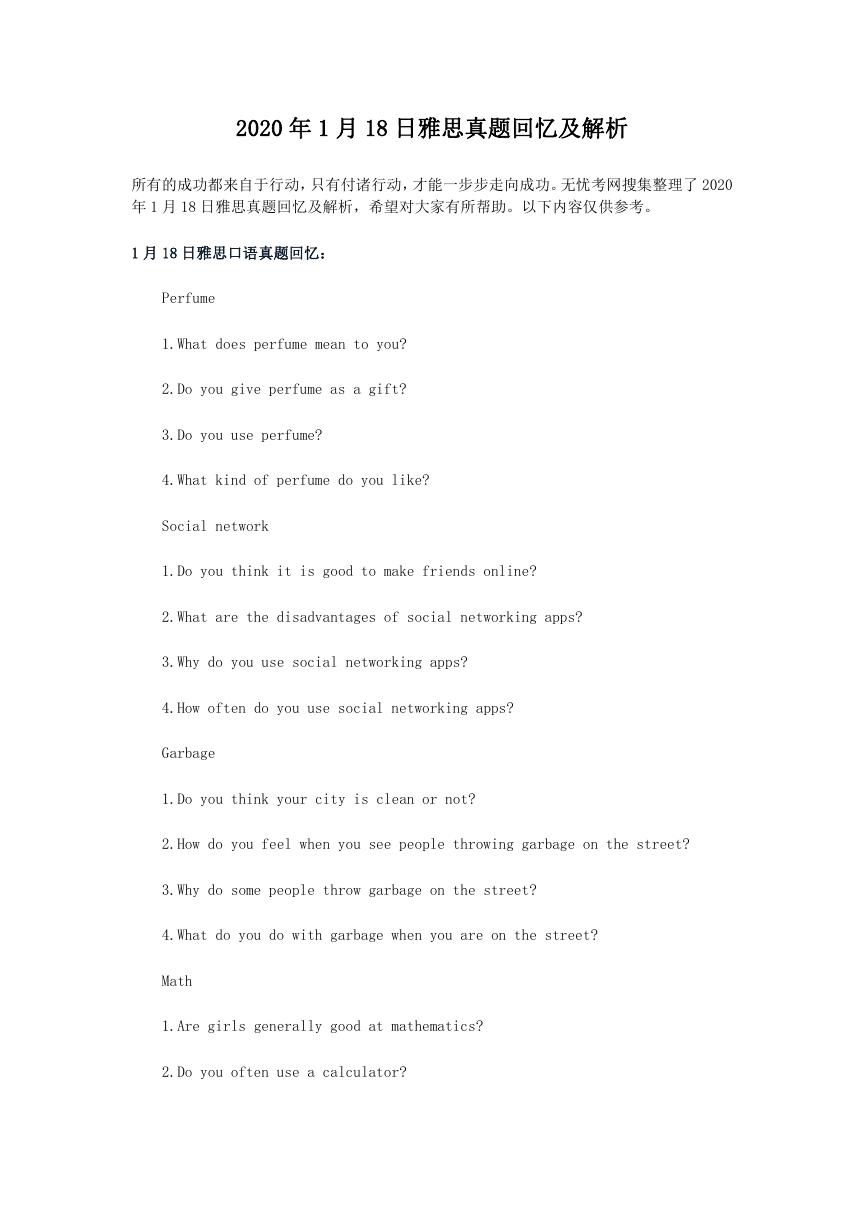
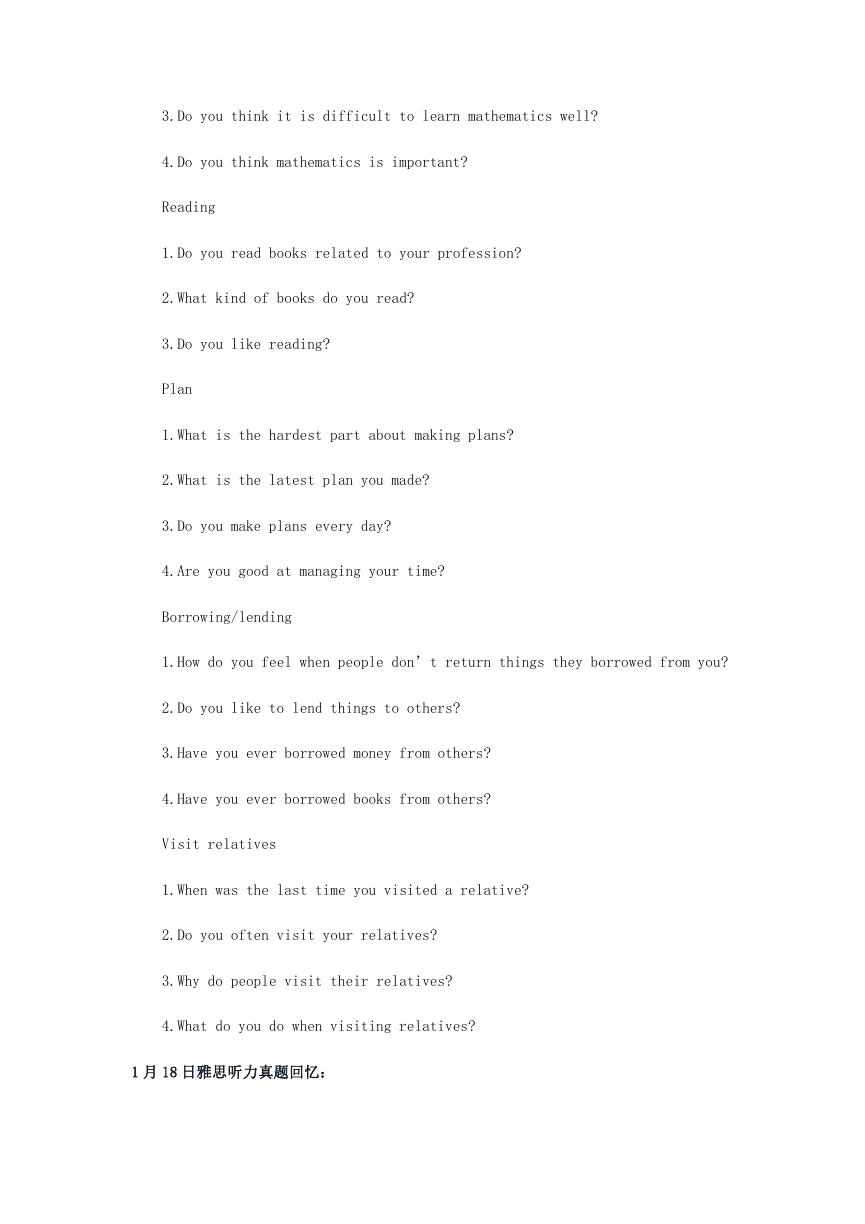
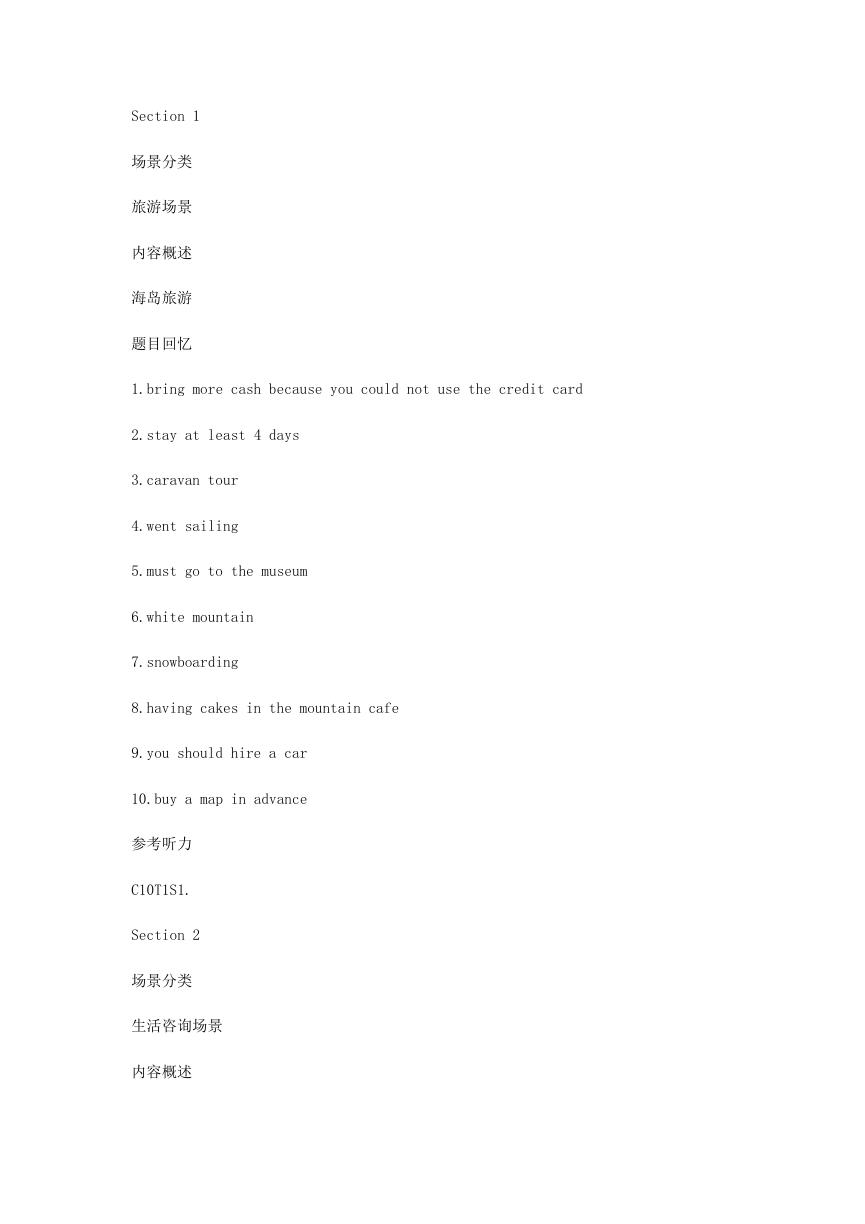

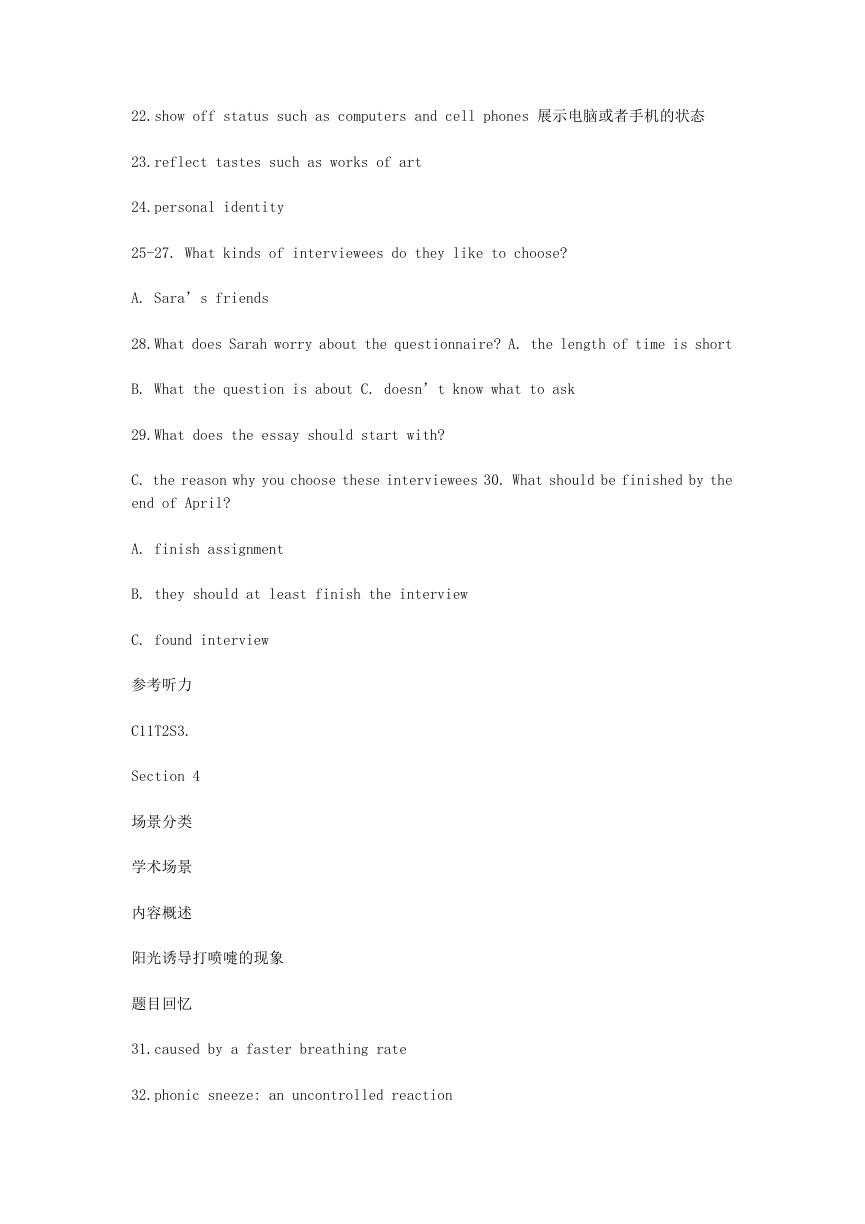
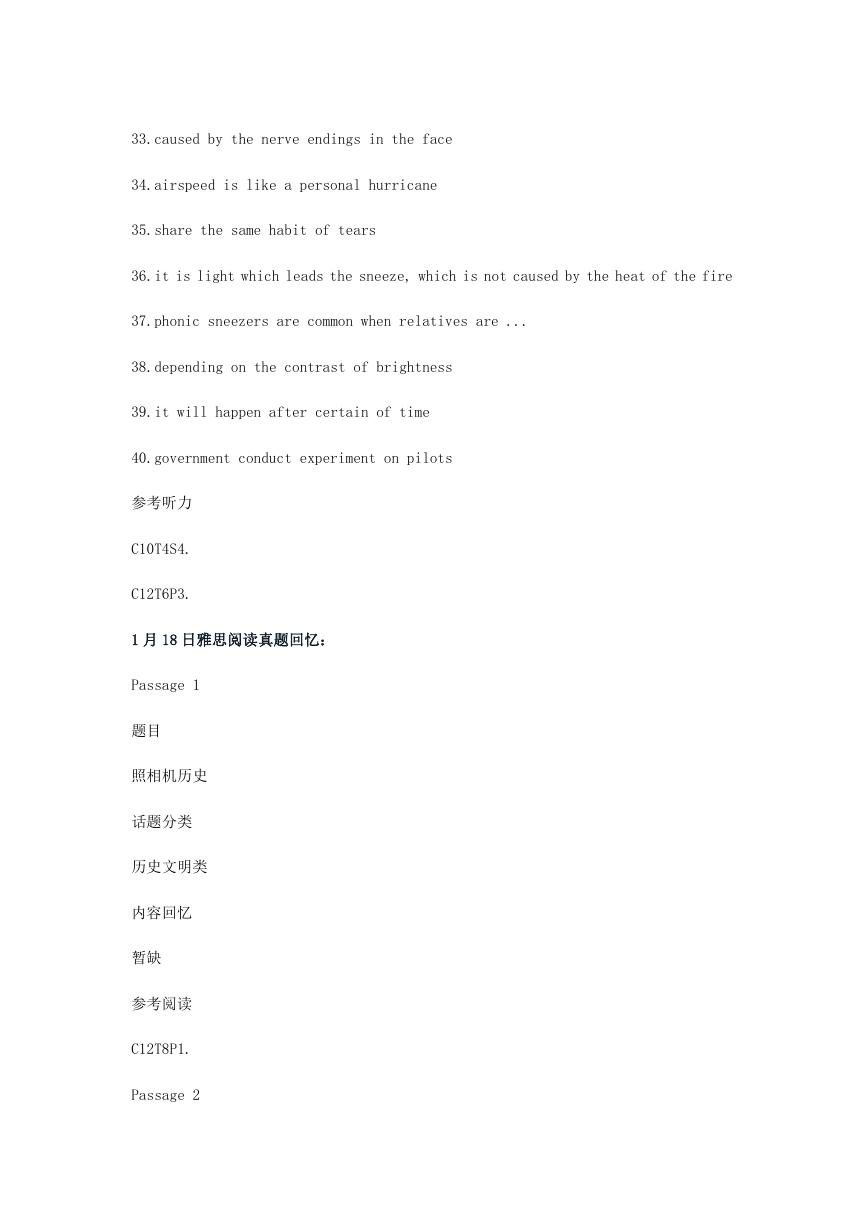

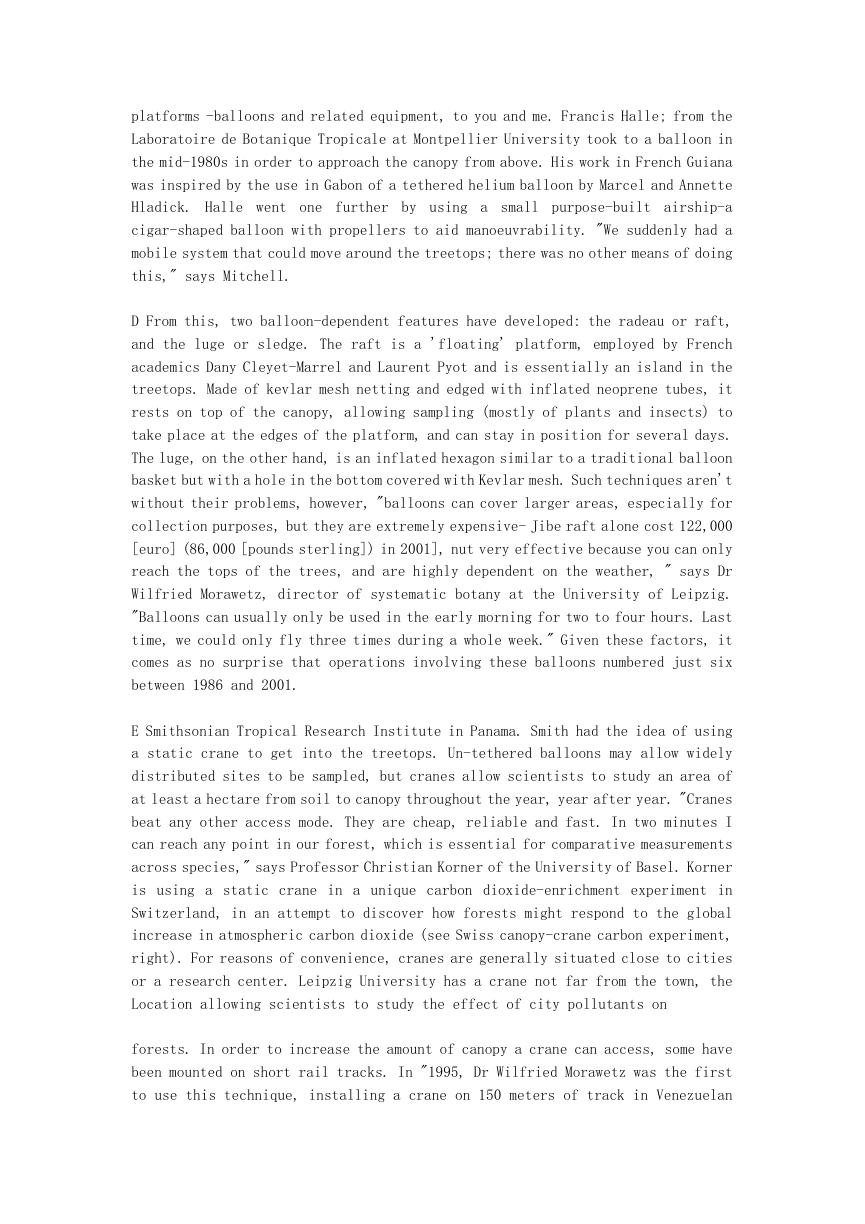








 2023年江西萍乡中考道德与法治真题及答案.doc
2023年江西萍乡中考道德与法治真题及答案.doc 2012年重庆南川中考生物真题及答案.doc
2012年重庆南川中考生物真题及答案.doc 2013年江西师范大学地理学综合及文艺理论基础考研真题.doc
2013年江西师范大学地理学综合及文艺理论基础考研真题.doc 2020年四川甘孜小升初语文真题及答案I卷.doc
2020年四川甘孜小升初语文真题及答案I卷.doc 2020年注册岩土工程师专业基础考试真题及答案.doc
2020年注册岩土工程师专业基础考试真题及答案.doc 2023-2024学年福建省厦门市九年级上学期数学月考试题及答案.doc
2023-2024学年福建省厦门市九年级上学期数学月考试题及答案.doc 2021-2022学年辽宁省沈阳市大东区九年级上学期语文期末试题及答案.doc
2021-2022学年辽宁省沈阳市大东区九年级上学期语文期末试题及答案.doc 2022-2023学年北京东城区初三第一学期物理期末试卷及答案.doc
2022-2023学年北京东城区初三第一学期物理期末试卷及答案.doc 2018上半年江西教师资格初中地理学科知识与教学能力真题及答案.doc
2018上半年江西教师资格初中地理学科知识与教学能力真题及答案.doc 2012年河北国家公务员申论考试真题及答案-省级.doc
2012年河北国家公务员申论考试真题及答案-省级.doc 2020-2021学年江苏省扬州市江都区邵樊片九年级上学期数学第一次质量检测试题及答案.doc
2020-2021学年江苏省扬州市江都区邵樊片九年级上学期数学第一次质量检测试题及答案.doc 2022下半年黑龙江教师资格证中学综合素质真题及答案.doc
2022下半年黑龙江教师资格证中学综合素质真题及答案.doc